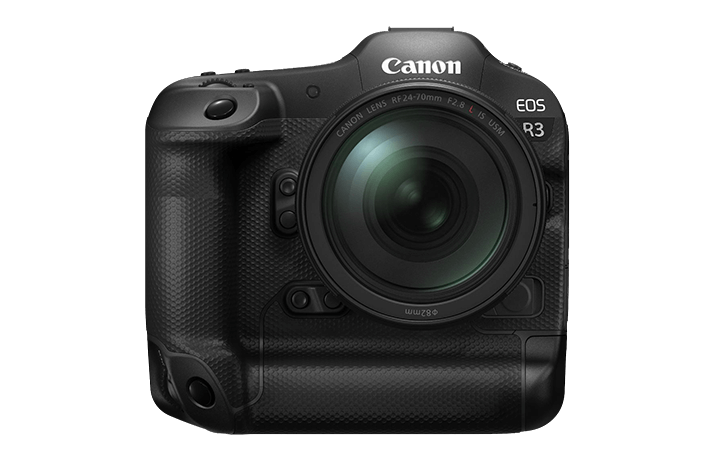Dan Havlik at Digital Photo Pro had the chance to interview Jeff Cable, probably the most talked-about Canon shooter at the Tokyo Olympic Games for his work with the Canon EOS R3.
Jeff gives a pretty glowing review of the Canon EOS R3 experience, but without the marketing speak, as there were a few things such as the eye-controlled AF that didn't hit the mark all of the time.
Preorder: Canon EOS R3 Body
Q: How was the Eye Control Autofocus (AF) feature on the R3?
Jeff Cable: Eye Control worked well but there were some environments where it was more effective for me. I tried it a couple of times at press conferences, and it was great. For instance, when Katie Ledecky is standing in front of me and I want her face in focus, Eye Control AF made it easy to lock-in.
During some sports though, the Eye Control AF wasn’t locking in fast enough for what I wanted, so I turned it off and went to back-button focus. Mostly though, I didn’t have time the learn it well enough to use it during the Olympics. I’d like to spend more time experimenting with it. It’s something I’m dying to use for my event photography.
Like myself, I do wonder why the Canon EOS R3 isn't dual CFExpress slots. I think the market that will buy this camera is ok with spending more on fast memory cards.
Q: What’s the one thing you liked least about the R3?
Jeff Cable: The SD Card slot is slow. I was shooting RAW plus JPEG to both the CFexpress card and the SD card since I couldn’t easily open the R3’s RAW files yet and needed the JPEGs. Some people don’t know this but shooting RAW plus JPEG slows the camera down more than shooting two RAWs because the camera has to process the image twice.
Q: What’s one thing that surprised you about the R3?
Jeff Cable: I like that you can turn on a simulated noise that makes the R3 sound like it has a DSLR shutter. The R5 and R6 don’t have that. I wanted that audible feedback. With the R3, you can go completely silent and it’s a little disconcerting to a DSLR shooter, especially because there’s no blackout. On the other hand, if I’m shooting a Bar Mitzvah or a wedding, I don’t want that sound so I can turn it off and go completely stealth.
Check out the rest of the interview at Digital Photo Pro
Preorder: Canon EOS R3 Body


Executive Members | SD Association
There could not have been very much RAW image support at the time.
On his blog, he said he wanted to go back after the Olympics when the software is available to process some of the best photos.
2 Engineers don't establish my needs.
3 Your answer is typical of a troll, no matter how many messages and age you have in CR.
Canon and other brands should just make us rip off the bandaid here…only the new format - and here’s why: I have now run into several people shooting the D850 who never bought a CFExpress card and just shoot with their camera as a single card because the readers are “too expensive” or they don’t want to buy them because they have SD cards already. So there is something to be said about people moving from one generation of camera to the next not adopting or investing in new media. It’s likely that some R3s will meet the same fate,but I feel like that’s a totally different market.
Oh well, this doesn’t bother me personally but I understand it will others. I use the dual cars more for utility and file organization with photos on one and video on the other…but it really would make more sense for this camera to have 2 of the same. I’m sure Tony Northrop is pumped to insert some old, slow, corrupted SD card into that slot and then claim the camera is terrible when shooting to 2 cards. LOL
That's it for me! Holding out for the R3ii
The bigger concern for me is the differential write speeds. But looking at Bryan/TDP's testing, the R6 can do 20 fps for 8.3 seconds writing RAW to dual SD cards, which equates to ~6 seconds on the R3. That's a much longer burst than I typically capture, so for me I don't think writing RAW to CFe+SD will be a problem. If it is, I can add the Image Copy command to MyMenu, shoot to the CFe only and duplicate the images to the SD card during down time.
I know the story, I still have a canon with an FD mount and a 1dMkIII, with a CF and SD slot.